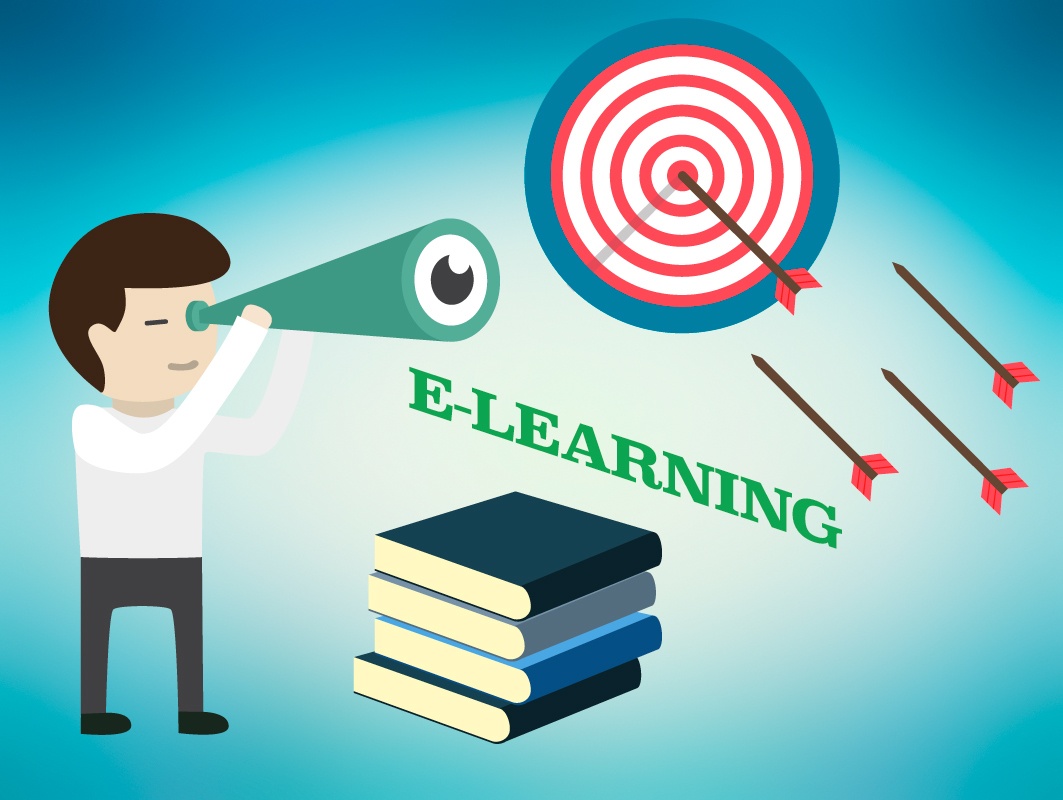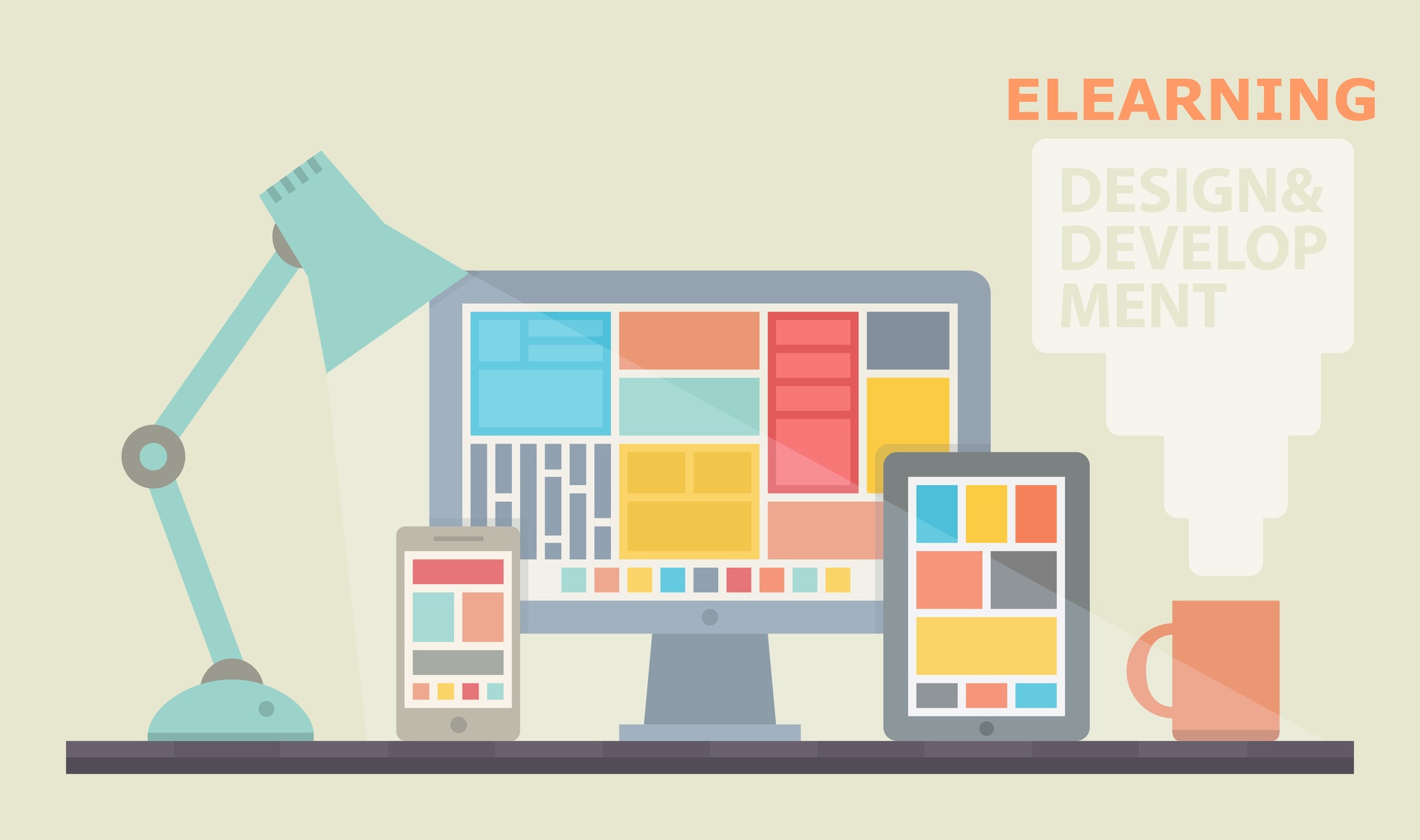Designing eLearning Programs
eLearning, or electronic learning, refers to the use of technology to deliver educational content and facilitate communication between students and teachers. eLearning programs can include online courses, virtual classrooms, and digital materials such as videos, animations, and interactive quizzes. With the rise of technology and the increasing need for flexible learning options, eLearning programs have become an important part of education. However, designing and implementing effective eLearning programs can be challenging. In this article, we will discuss some best practices for designing and implementing eLearning programs that are engaging, effective, and efficient.
First and foremost, it is important to understand your audience and their needs. Before designing an eLearning program, it is crucial to conduct a needs assessment to determine the learning goals and objectives of your students. This can be done through surveys, focus groups, or interviews. Understanding your audience will help you to design a program that is tailored to their specific needs and learning styles.
Once you have a clear understanding of your audience, you can begin to design the content of your eLearning program. The content should be engaging and interactive, and should include a variety of media such as videos, animations, and interactive quizzes. It is also important to use a consistent design and format throughout the program to make it easy for students to navigate and understand.
Top Tips For Designing Effective eLearning
1. Choose The Right Format
eLearning programs can be delivered in a variety of formats, such as online courses, webinars, videos, and interactive activities. The format chosen should be based on the learning objectives and the target audience. For example, if the objective is to provide employees with information on a specific topic, an online course may be the best format. However, if the objective is to provide employees with hands-on training, an interactive activity may be more appropriate.
2. Create Engaging Content
The content of the eLearning program should be engaging and interactive to keep the learners interested and motivated. The use of multimedia such as images, videos, and audio can make the content more engaging and easier to understand. Interactive activities such as quizzes, polls, and discussions can also be used to keep the learners engaged and to assess their understanding of the material.
3. Use A Learner-Centered Approach
A learner-centered approach is an effective way to design eLearning programs. This approach focuses on the needs and interests of the learners and allows them to take an active role in their learning. This can include giving them the opportunity to choose the order in which they complete the course material, or providing them with feedback on their progress.
4. Incorporate Assessments
Assessments are an important part of eLearning programs. They can be used to evaluate the learners’ understanding of the material, and to identify areas where they need further instruction. The assessments should be aligned to the learning objectives, and should be designed to provide the learners with feedback on their progress.
5. Provide Support
eLearning programs should provide support for the learners. This can include providing them with access to the course material, answering their questions, and providing them with feedback on their progress. The support should be designed to meet the needs of the learners and should be available when they need it.
6. Evaluate The Program
Evaluating the eLearning program is an important step in determining its effectiveness. The evaluation should be based on the learning objectives and should include feedback from the learners, as well as data on their performance. The evaluation should be used to identify areas that need improvement and to make changes to the program as needed.
Communication and collaboration are also key components of effective eLearning programs. Online discussions, group projects, and virtual office hours can help to create a sense of community and engagement among students. This can also help to foster a sense of accountability and motivation.
Another best practice for eLearning program design is to keep in mind the importance of flexibility. eLearning programs should be designed to accommodate the unique needs and schedules of each student. This can be achieved through self-paced modules, flexible deadlines, and the ability to access the program from any location.
Conclusion
In conclusion, designing and implementing effective eLearning programs requires a thorough understanding of your audience, engaging and interactive content, assessments and feedback, a user-friendly interface, communication and collaboration, flexibility, and regular evaluations and improvements. By following these best practices, you can create eLearning programs that are effective and efficient, and that meet the unique needs of your students.









